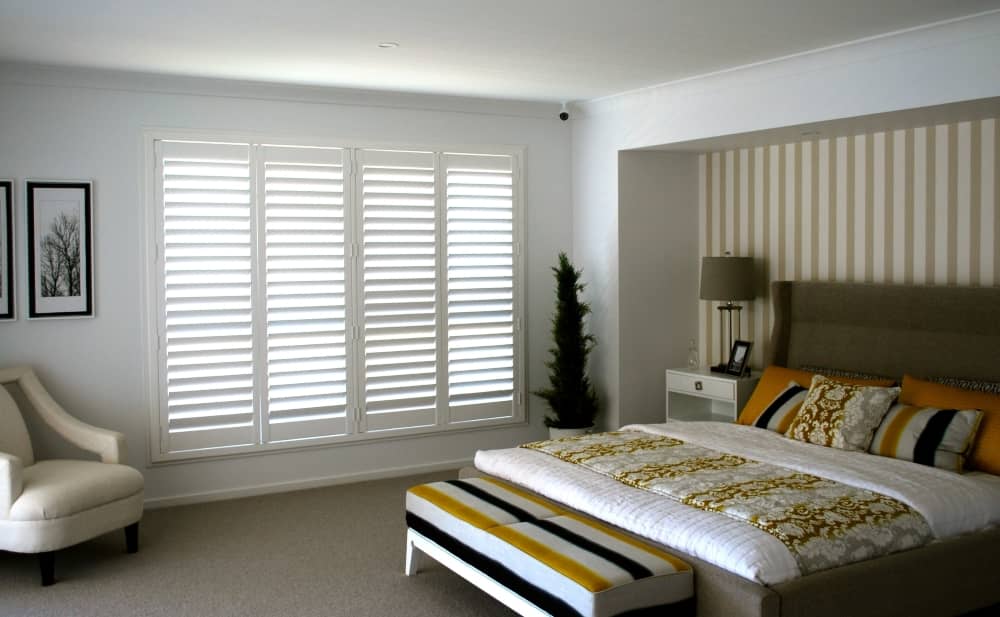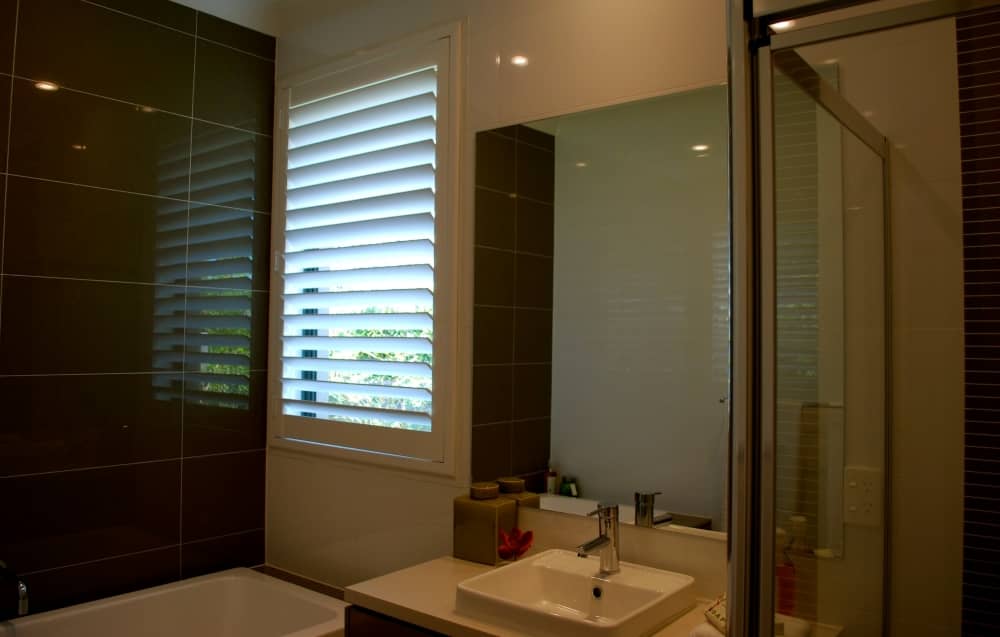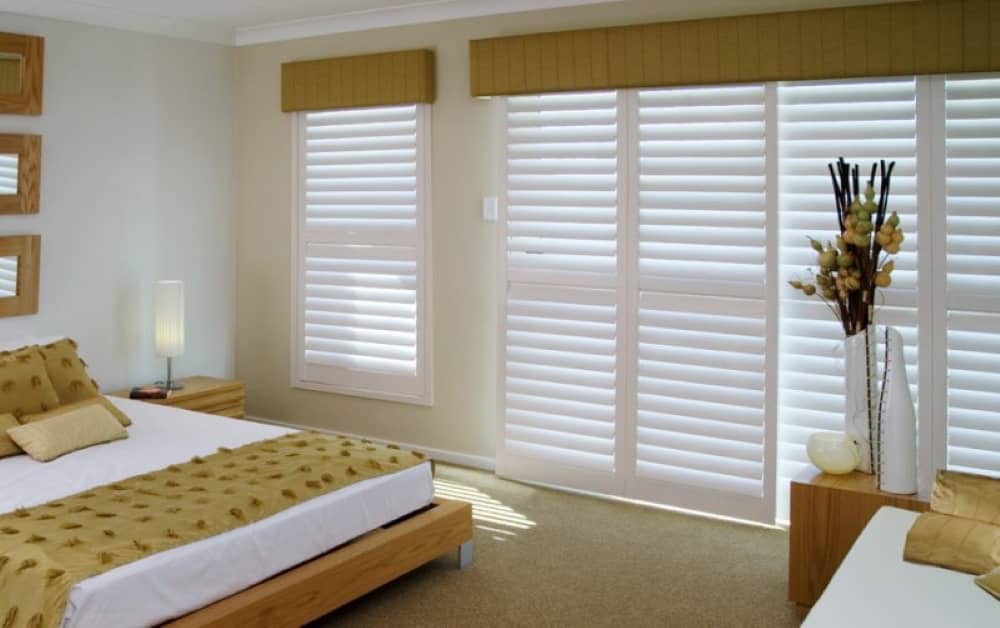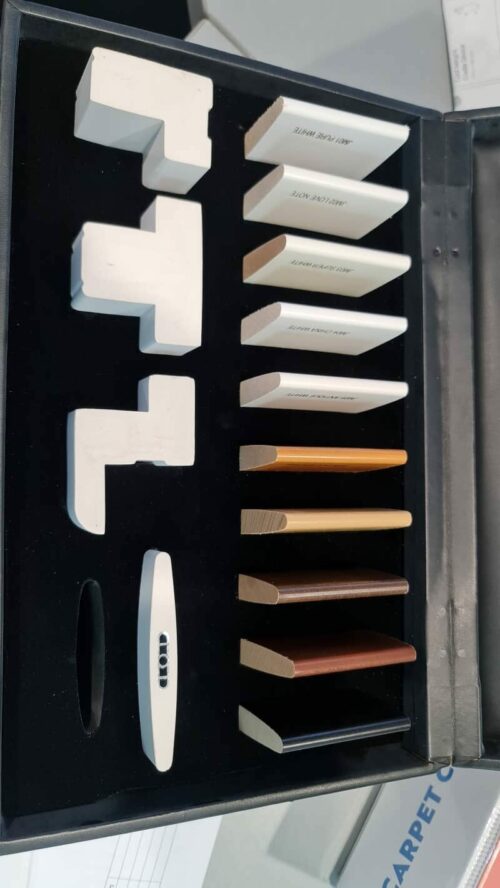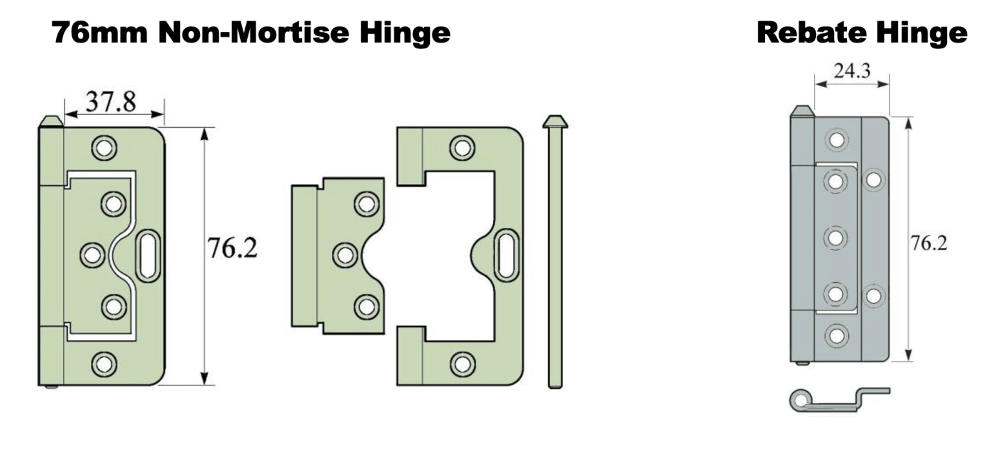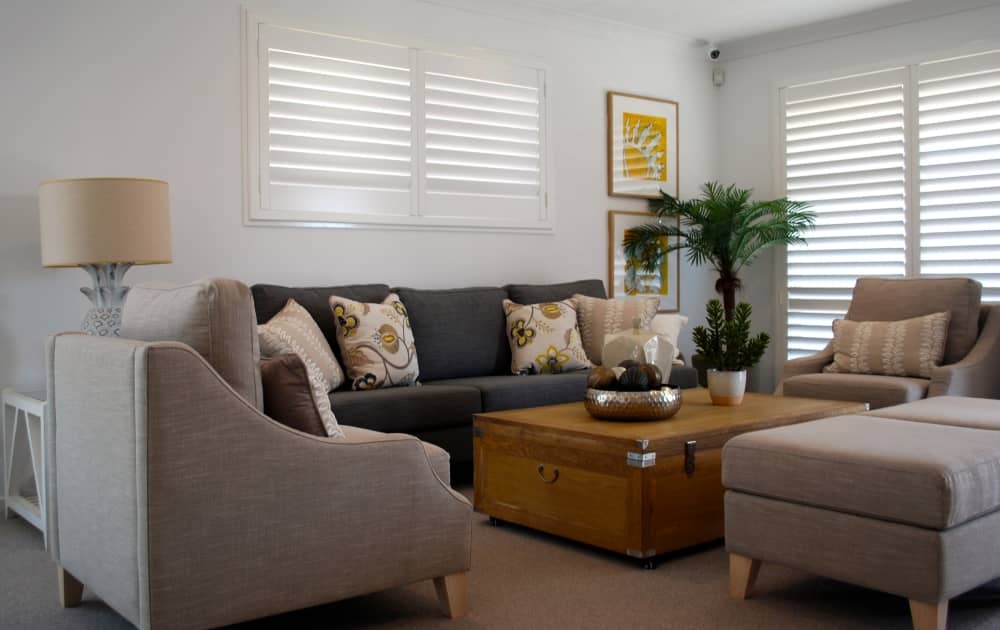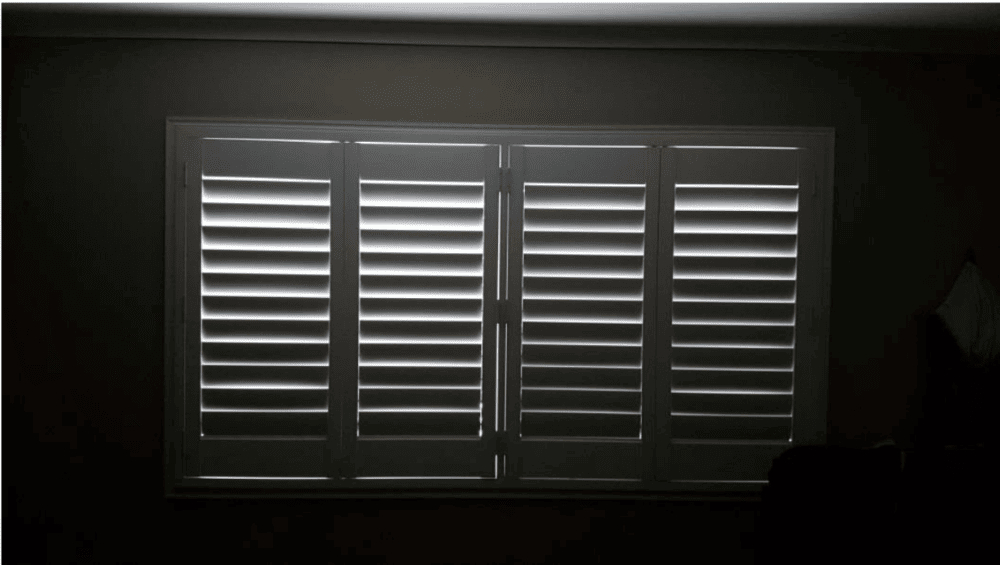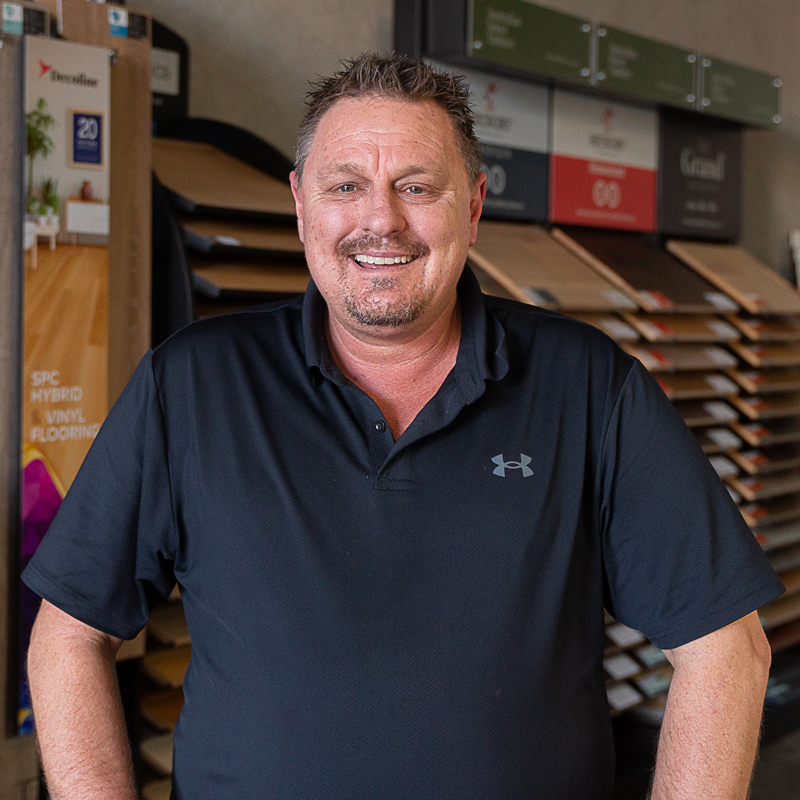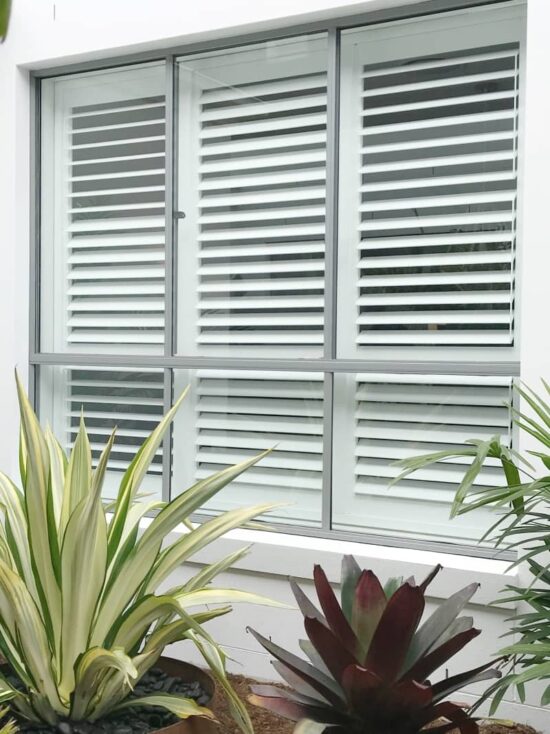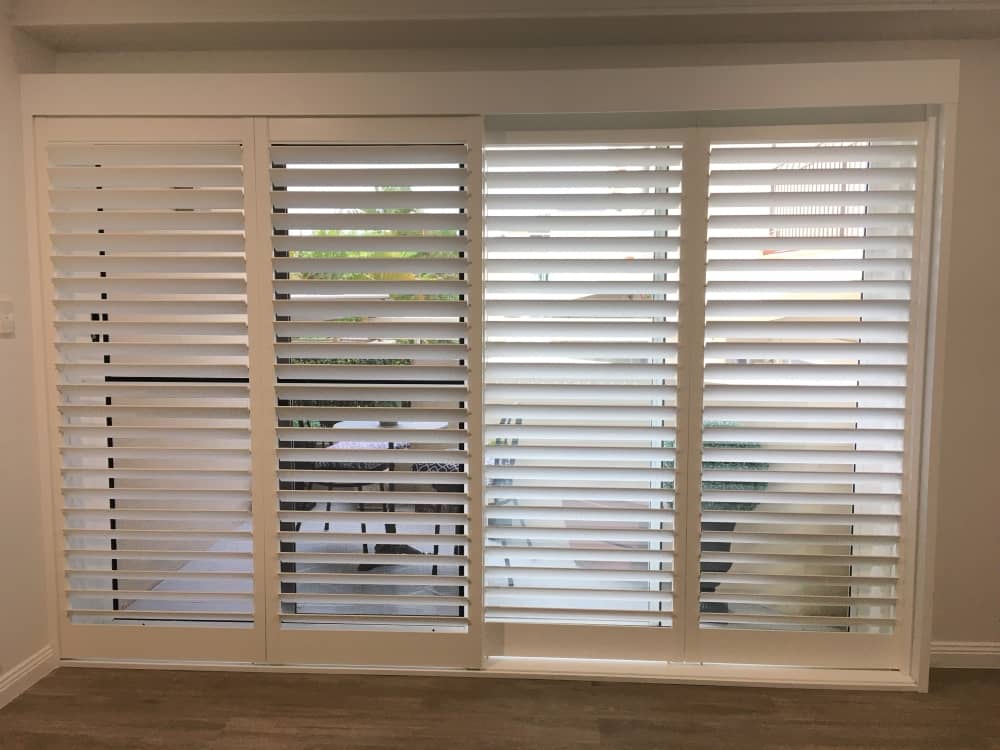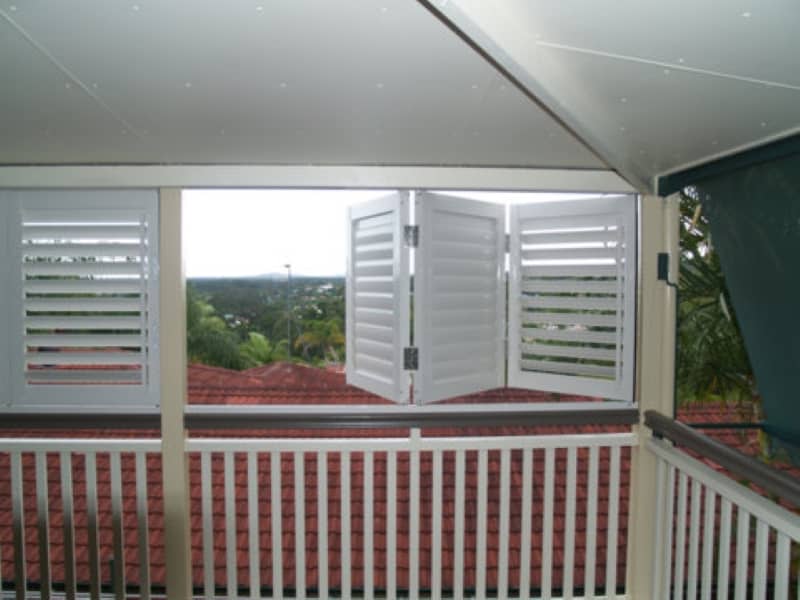Often considered more versatile & aesthetically pleasing than blinds or curtains, interior shutters allow you to filter light to the level you want, offering privacy, insulation & air circulation. They come in solid frames fitted with easily adjustable slats and can be constructed to practically any window or door configuration. Plantation shutters are the overarching term which includes PVC & Wood, and PVC shutters are also known as Fauxwood shutters.
Considering this low complication & time tested interior window covering, this blog post includes our knowledge and not so obvious things you need to be aware of when purchasing interior shutters.
Plantation Shutters are Growing in Popularity
Most interior shutters are constructed from lightweight materials predominately composing either PVC (polyvinyl chloride) or timber, and they can be painted to match the interior of your home.
They are painted during or after manufacture in interior colours conducive to a domestic living area they will become a part of. Some (not all) suppliers will match a particular shade of your choice in the factory.
However, with the above being said, faux wood shutters should not be supplied in dark colours because PVC, by nature, will hold heat and be susceptible to warping in extremely high temperatures. Darker colours are recommended to be provided in Paulownia (a type of wood).
Side note: We recommend pairing the shutter colour with the architrave colour, which is widely regarded as a general rule of thumb.
Reasons Customers Keep Buying
- People love the aesthetics – particularly plantation shutters, which are an attractive addition to the home.
- Control light – shutters are made of a thick material that can shut out a significant amount of light
- Great insulation – compared to a curtain or blinds and other forms of window coverings
- Privacy – nothing keeps prying eyes out quite like window shutters
- Ease of use – they are straightforward to open and close
Compared to many other window coverings, plantation shutters are considered a premium product and will generally be seen regularly in high-end homes.
Plantation shutters can be cheaper than some window covering options and are known for increasing the value of your home. On top of this, with long warranties and because the shutters become a permanent fixture to the home, they can be easily financed as part of a home build inclusion, extension or renovation.
Side note: We recommend shutters that are provided fully framed, which allows them to be installed in any window or door configuration.
Beware of Varying Quality and Product Make-up
Here are some things you might not know:
In particular, we would like to note there is a lot of misinformation regarding PVC shutters which make up the majority of shutter sales, particularly for their price point & longevity. They do have a longer warranty than timber shutters and are a very robust & strong item. And, of course, with a bonus of still resembling timber.
Most plantation shutters made from PVC have an aluminium core (highly recommended), and the PVC is extruded around this. The aluminium provides strength and stability and slightly reduces the weight of Fauxwood. PVC on its own is susceptible to being in heat variations, and the aluminium core enhances more desirable thermal qualities. It should also be noted that faux wood shutters are considerably heavier than timber shutters, and bump stops are fitted to the bottom of hinge panels to take the strain off the hinges.
Additionally, the stile, top and bottom rails can also have an aluminium insert, making those products the sturdiest you can buy.
Traditionally this is why Fauxwood shutters are not made in wide configurations. By adding the aluminium core, you can span a greater distance without any flex or warping of the product. This puts a misconception to bed that PVC shutters will warp.
Side note: Aluminum shutters do exist on their own, but it is more designed for outdoor shutters & they have a metal-like appearance.
Please Consider
Some companies do supply PVC shutters with no aluminium core or a very thing aluminium core, both of which create a cheaper product but are not ideal for most Australian climates. These subtle differences in quality make quite a difference in the product’s longevity.
Aluva blade shutters made from timber will generally be quite stable in most heat situations.
Side note: An inferior product with no aluminium strengthening or low aluminium strengthening is not recommended.
Side note: Some customers will like the thought of timber vs all other materials, although most sales are Fauxwood shutters. And the most popular colour is white.
Other things to watch out for:
- The paint may not be up to Australian safety standards.
- Some products can give off toxins.
- A cheaper PVC product is expected not to last as long.
Always pick shutters that have:
- Mortice and tenon joints in the corners are much stronger than butt joints.
- Certified toxin-free products
- Meet Australian standards
- Termite and rot-resistant
- Water-resistant and applicable to wet areas
- Corner dowel construction for greater strength
- Strengthened aluminium core (for PVC)
- Painted after manufacture for a better finish
Theoretically, a quality shutter should last forever in terms of the structural warranty. Even though a reasonable warranty period might be 20 years, the PVC should not deteriorate, the blades shouldn’t warp & the corners shouldn’t fail.
Side note: Fauxwood (not real wood) is another name for PVC
Our Two Favorite Timbers & Why
Paulownia

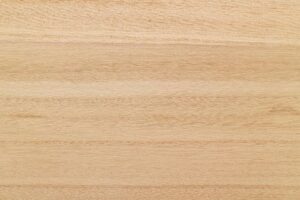
Paulownia is a plantation timber that has been farmed for thousands of years. It is a fast-growing timber growing up to three meters annually, making it highly sustainable. It is largely water and termite resistant. It has what could be described as a “beautiful grain”, making it ideal for customers who wish to stain the product. Paulownia is also about half the weight of PVC, so in some instances where the shutters are quite large, it is preferable to use Paulownia.
Features:
- Water-resistant and buoyant and has a marine applications
- Lightweight & ideal for furniture & cabinets in the travel industries
- High weight to strength ratio
- Low thermal conductivity & good insulation properties
- Fire resistant
- Janka hardness 1,330N
Basswood

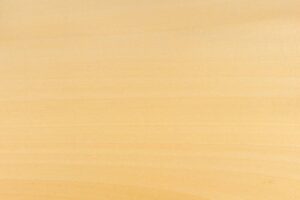
Basswood is also another recommended popular choice. It is slightly harder than Paulownia, making it more desirable for high traffic areas. Also has been said to be one of the most suitable wood species for wood carving.
Features:
- Lightweight
- Excellent weight to strength ratio
- Good insulation properties
- Termite resistant
- Janka hardness 1,824N
Side note: Although wooden shutters do not have an aluminium core, most are kiln-dried to ensure the timber is in its most stable form, making it highly resistant to warping.
Do Plantation Shutters Tick All The Boxes?
It is important to have at the forefront of your mind want you are looking to achieve. This will determine what product will fit that need, whether it be a curtain, blind or a shutter.
To illustrate this, we share a minor downside of interior shutters:
They often tick every box apart from being able to block out light fully. Shutters are ideal for privacy because you cannot see through them, but because the blades are elliptical (the shape of an ellipse), they will not close flat against each other, and filtered light will bounce off the blades. Customers must be aware of this and see images of shutters closed in full daylight to show what they can expect in light leakage.
There are instances where a customer (let’s say a shift worker) needs a full light block out but insists on shutters. In this circumstance, plantation shutters might still be used, but a block out drape/blind is installed over the front or back of the shutters to assist in the light block. Opening a cheap roller blind behind a shutter can achieve full light block and still allow the customer to give the shutter aesthetics they want to achieve.
Mirroring the Window Configuration
Particularly with plantation shutters, the goal is the mirror the customer’s existing window configuration.
For instance, different formats may be:
- Two panels and a sliding panel
- Small panels on either side of the window with a large fixed panel in the middle
- Many other configurations
The window is mirrored where they have a post or transom in the window frame. That is where the frame for the shutter should fit. This means that the opening shutters mirror the opening glass. In nearly every instance, the shutter needs to be personally configured to fit “that window”.
That is why windows differ between having 1 – 4 panels of shutters.
Examples of how mirroring may occur:
- Corner posts can be used to navigate corners,
- Posts can be configured to put shutters in a bay window to go around corners outside 90 degrees.
- Sliding options exist for doorways
- Bifold options exist in open plan living areas
Side note: Special shapes require the measurer to make an exact copy of the opening where the shutter will sit. The template needs to be marked with measurements and is usually made from stiff cardboard.
Shutter styles include:
- Hinge – From the window
- Sliding – Mirroring a sliding door
- Bifold – Where there is a room divider
- Fixed removable – A small shutter that sits in an opening to give you the visual look
DIY Thoughts and Advice on Installation
Product manuals are life…
If the customer was to follow them, the “Should” be able to complete a successful installation.
In a perfect world, this is true. But as the online flooring store recommends being good with your hands and having some trade experience is invaluable.
Most suppliers are not a huge fan of customers installing their products and prefer that it is left to trained professionals. But the self installers do exist, and they generally get great results.


